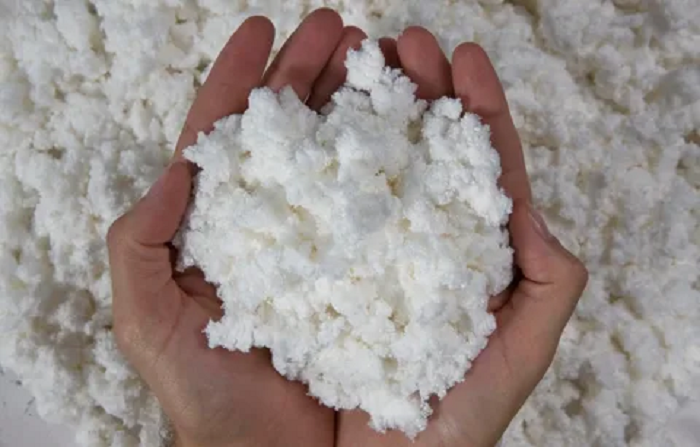New technology for converting conventional alloys into “metal wood” significantly increases the strength-to-weight ratio of the material and makes it possible to produce promising products and structures with characteristics that are currently unattainable for metals.
The porous structure makes the metal light and durable
“Tough as steel” is a common cliché. However, the steel and other metals we use every day are not nearly as strong as they could be. The crystalline structure of iron, aluminum and titanium gives them strength and flexibility, but it is imperfect. High loads cause the atoms to “slip” and the crystal structure is destroyed. The theoretical tensile strength of a metal with an ideal structure is an order of magnitude higher.
One example of how to overcome this can be found in ordinary wood. Pure cellulose, which is the basic element of wood, is a soft fiber. However, when cellulose is incorporated into the complex stem structure, the wood becomes very strong. It is known that elements made of wood and technical steel of comparable weight have comparable strength. The reason why steel seems to be stronger is because it is much denser.




